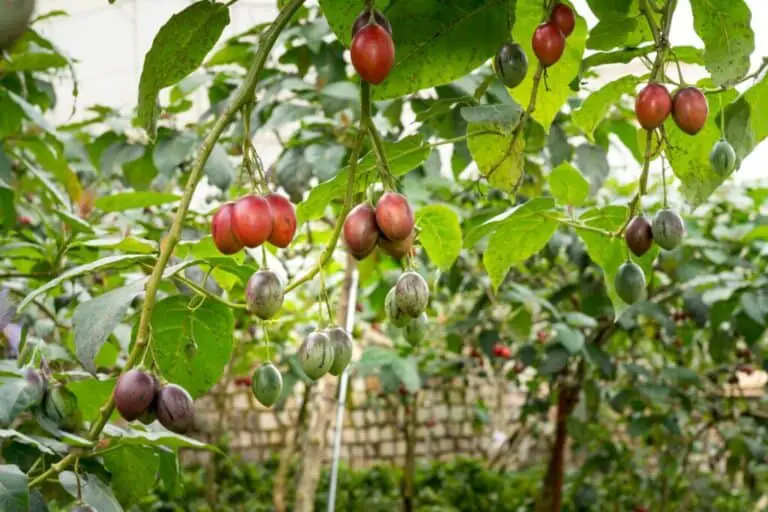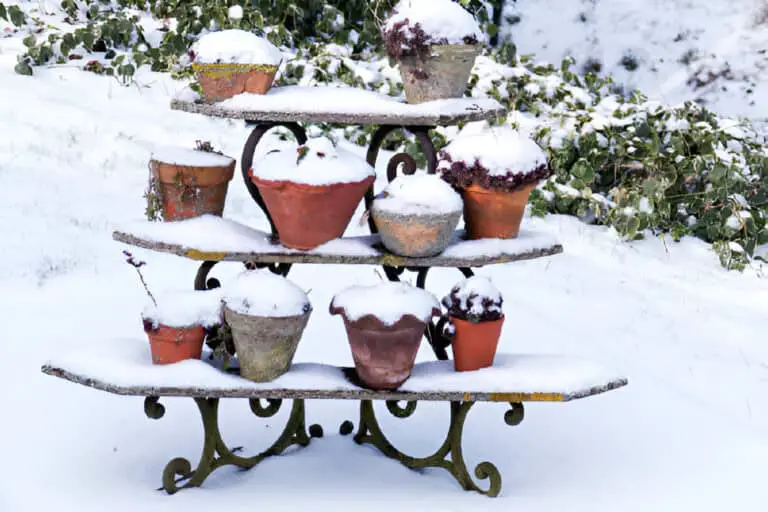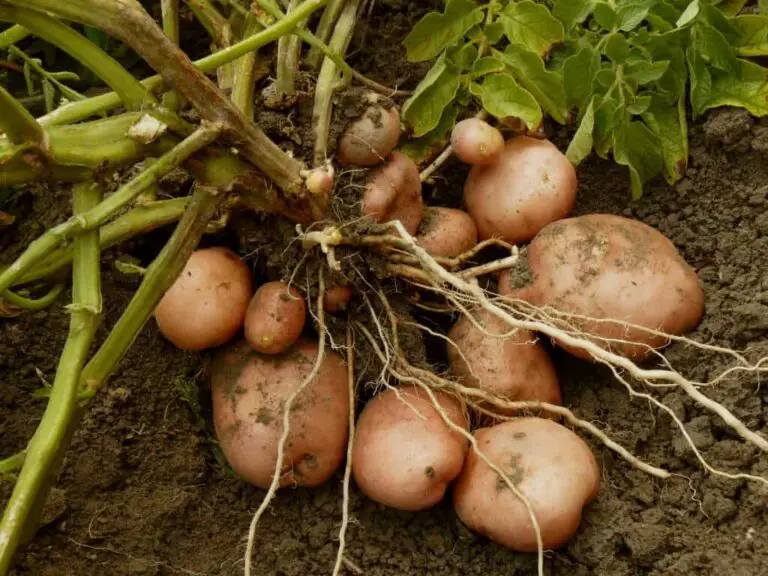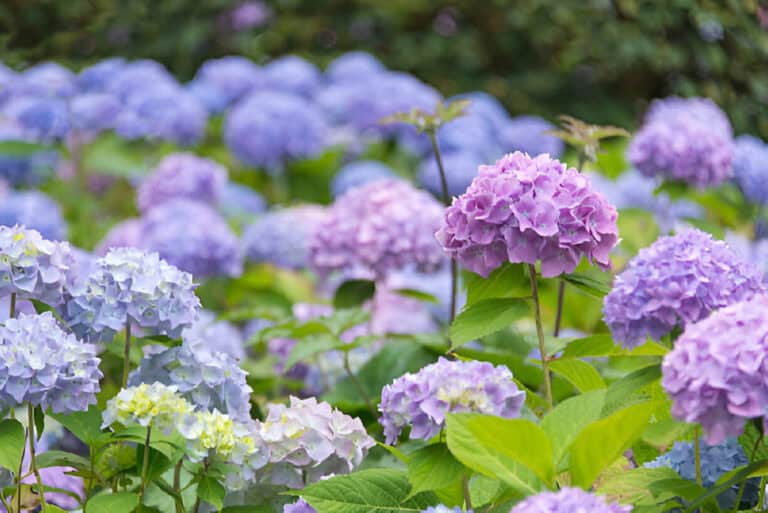Will Succulents Outgrow Their Pots? Understanding Their Growth Pattern
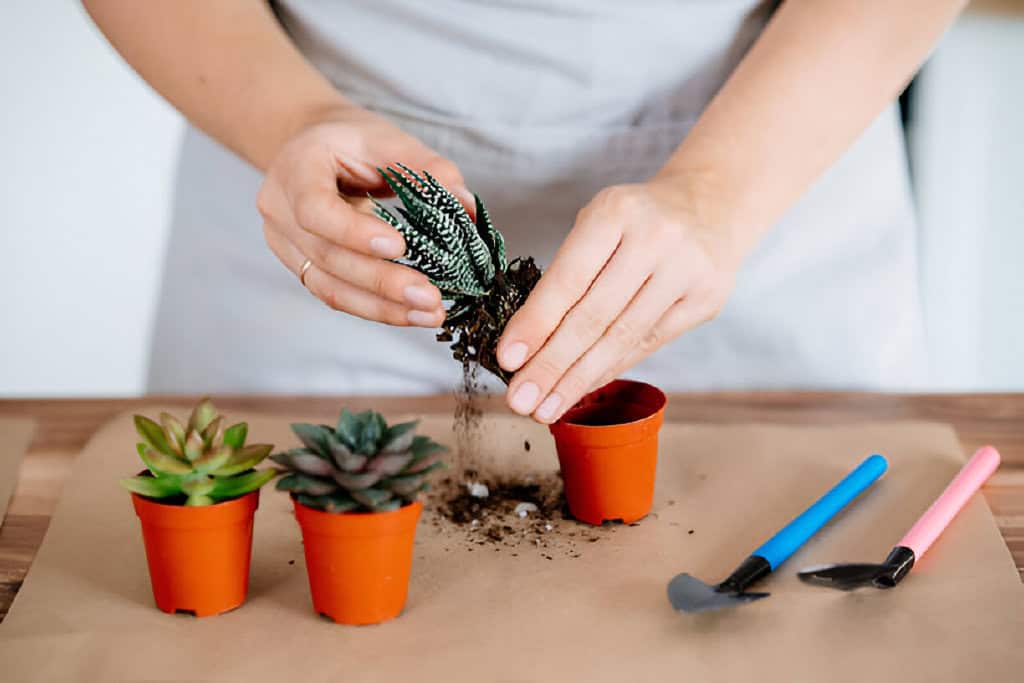
Succulents are popular for their diverse shapes and colors. Both novice and expert gardeners love them. These resilient plants thrive in tough conditions. So, they are ideal for indoor and outdoor use. A common question among succulent fans is: Will succulents outgrow their pots?
It is vital to know succulents’ growth patterns. It keeps them healthy and vibrant. This article covers succulents’ growth, signs they need repotting, and tips for choosing the right pot size.
Understanding Succulent Growth Patterns
Succulents are unique in their growth habits compared to other plants. Their slow-growing nature is a result of their adaptation to arid environments, where water is scarce.
These plants store water in their leaves, stems, or roots, allowing them to survive extended periods of drought. This adaptation also influences their growth rate and overall size.
Growth Phases of Succulents
- Initial Growth Phase: When succulents are first planted, they focus on establishing their root system. During this phase, the plant’s above-ground growth may be minimal.
- Active Growth Phase: Once the roots are established, succulents enter a period of active growth. This phase can vary in duration and intensity depending on the species and environmental conditions.
- Mature Phase: In their mature phase, succulents tend to grow more slowly. They may produce offsets, also known as pups, which are smaller plants that can be removed and replanted.
Factors Affecting Succulent Growth
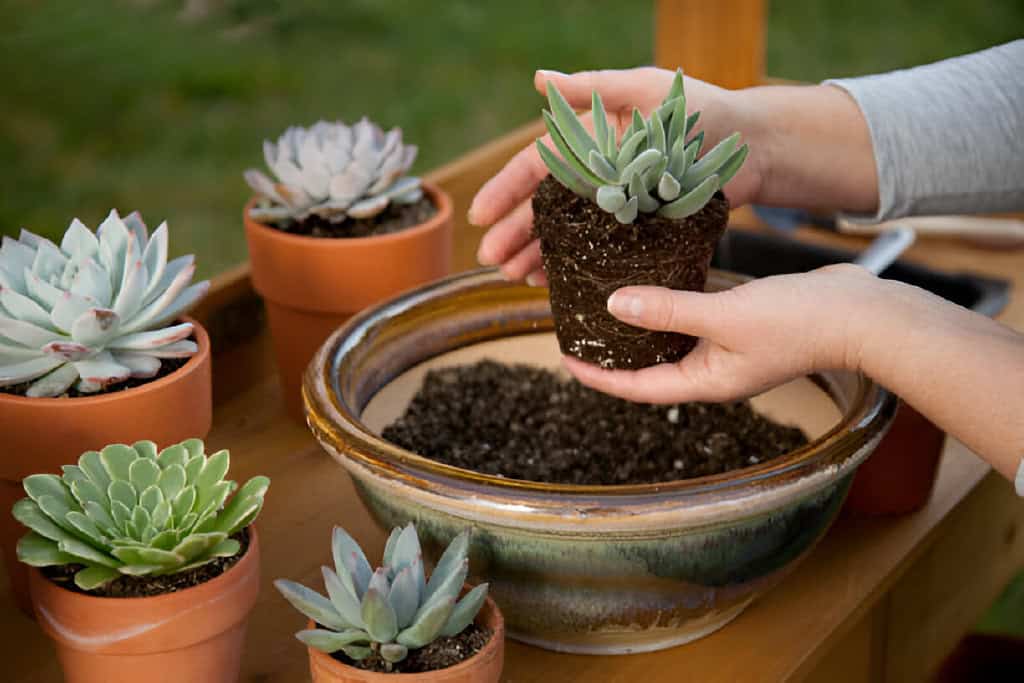
Several factors influence the growth rate and overall size of succulents, including:
- Light: Adequate light is essential for succulent growth. Insufficient light can cause leggy growth. The plant stretches toward the light, becoming tall and spindly.
- Water: Overwatering is a common issue with succulents. These plants prefer well-draining soil and should be watered sparingly. Overwatered succulents may experience root rot, hindering their growth.
- Temperature: Succulents thrive in a temperature range of 60–80 °F (15–27 °C). Extreme temperatures can stress the plants and affect their growth patterns.
- Soil: Well-draining soil is crucial for succulents. A mix specifically designed for cacti and succulents is ideal, as it prevents water from accumulating around the roots.
Signs Your Succulent Needs a Bigger Pot
While succulents generally grow slowly, they can eventually outgrow their pots. Recognizing when your succulent needs a bigger pot is crucial for its continued growth and health.
Here are some signs that indicate it’s time to repot your succulent:
- Roots Visible at the Surface: If you notice roots emerging from the soil surface or the drainage holes, it’s a clear sign that the plant has outgrown its pot.
- Crowded Appearance: When the plant looks too large for its pot, with leaves spilling over the edges, it’s likely time for a bigger container.
- Stunted Growth: If your succulent’s growth has slowed or it looks unhealthy despite good care, the roots might be cramped. When a succulent becomes root-bound, it can’t access the nutrients and water it needs, leading to stunted growth.
- Soil Dries Out Too Quickly: If the soil dries out quickly, it may mean the plant’s roots are too big. They are leaving little room for moisture. The dense roots leave little room for moisture retention.
Choosing the Right Pot for Your Succulent
Selecting the appropriate pot for your succulent is essential for its health and growth. Here are some tips to help you choose the right pot:
Pot Size
- Adequate Space: Choose a pot slightly larger than the current one. It should give the roots room to grow without overwhelming the plant.
- Depth: Succulents generally have shallow root systems. A pot with a similar depth to the original container is often sufficient.
Pot Material
- Terracotta: Succulents thrive in terracotta pots. They are porous, so they allow better air flow and moisture evaporation.
- Ceramic: Ceramic pots can also be used, but ensure they have drainage holes to prevent waterlogging.
Drainage
- Essential: Drainage holes are crucial for preventing water from accumulating at the bottom of the pot, which can lead to root rot.
Aesthetic Considerations
- Design: Choose pots that match your décor. They should enhance your succulent arrangement’s look. Functionality is important, but so is style.
Repotting Your Succulent
Once you’ve chosen the right pot, it’s time to repot your succulent. Follow these steps for a successful repotting process:
- Prepare the New Pot: Ensure the new pot has drainage holes. Add a layer of small stones or gravel at the bottom for additional drainage.
- Remove the Succulent: Gently remove the succulent from its current pot. If the plant is stuck, tap the sides of the pot to loosen the soil.
- Inspect the Roots: Check the roots for any signs of rot or damage. Trim away any unhealthy roots with a clean, sharp pair of scissors.
- Plant in the New Pot: Place the succulent in the new pot and fill around it with fresh, well-draining soil. Press the soil gently to secure the plant in place. Make sure the soil depth is enough because succulents do not thrive in shallow soil.
- Water Sparingly: After repotting, water the succulent lightly. Allow the soil to dry out completely before watering again.
Maintaining Healthy Succulent Growth
Proper care is essential for maintaining the health and growth of your succulents. Here are some tips to ensure your plants thrive:
Light Requirements
- Bright, Indirect Light: Most succulents prefer bright, indirect light. Place them near a south-facing window for optimal growth.
- Avoid Direct Sunlight: Some succulents can tolerate direct sunlight. But, prolonged exposure can cause sunburn. Gradually acclimate your plants to avoid damage.
Watering Schedule
- Infrequent Watering: Water your succulents only when the soil is completely dry. Overwatering is a common mistake that can lead to root rot.
- Seasonal Adjustments: Adjust your watering schedule based on the season. Succulents may need more water during their active growing season (spring and summer) and less during dormancy (fall and winter).
Soil and Fertilization
- Well-Draining Soil: Use a soil mix designed for cacti and succulents to ensure proper drainage.
- Fertilize Sparingly: In the growing season, you can fertilize your succulents with a balanced, water-soluble fertilizer. Use it at half strength. Avoid fertilizing during dormancy.
Pest Management
- Inspect Regularly: Check your succulents regularly for signs of pests such as aphids, mealybugs, or spider mites.
- Natural Remedies: If pests are present, use natural remedies like neem oil or insecticidal soap to treat the infestation.
Common Succulent Varieties and Their Growth Patterns
Different succulent species have varying growth patterns and pot size requirements. Here are a few popular varieties:
Aloe Vera
- Growth Rate: Moderate
- Pot Size: Medium pot with good drainage
- Special Considerations: Aloe vera produces offsets that can be removed and replanted.
Echeveria
- Growth Rate: Slow to moderate
- Pot Size: Shallow pot
- Special Considerations: Echeverias are prone to stretching if not provided with adequate light.
Jade Plant (Crassula Ovata)
- Growth Rate: Slow to moderate
- Pot Size: Medium to large pot
- Special Considerations: Jade plants can become top-heavy and may need support as they grow.
Haworthia
- Growth Rate: Slow
- Pot Size: Small to medium pot
- Special Considerations: Haworthias prefer indirect light and can tolerate lower light conditions.
Sedum
- Growth Rate: Fast
- Pot Size: Medium to large pot
- Special Considerations: Sedums are versatile and can be used in ground cover or hanging baskets.
Conclusion
Succulents are remarkable plants that bring beauty and resilience to any garden or home. It’s vital to know their growth patterns and when to repot them. This maintains their health and vitality. With the right pot size and care, your succulents will thrive. They will be a delightful part of your plant collection.
Succulents grow slowly, but they can outgrow their pots. Early signs of this will help you keep them thriving for years.


